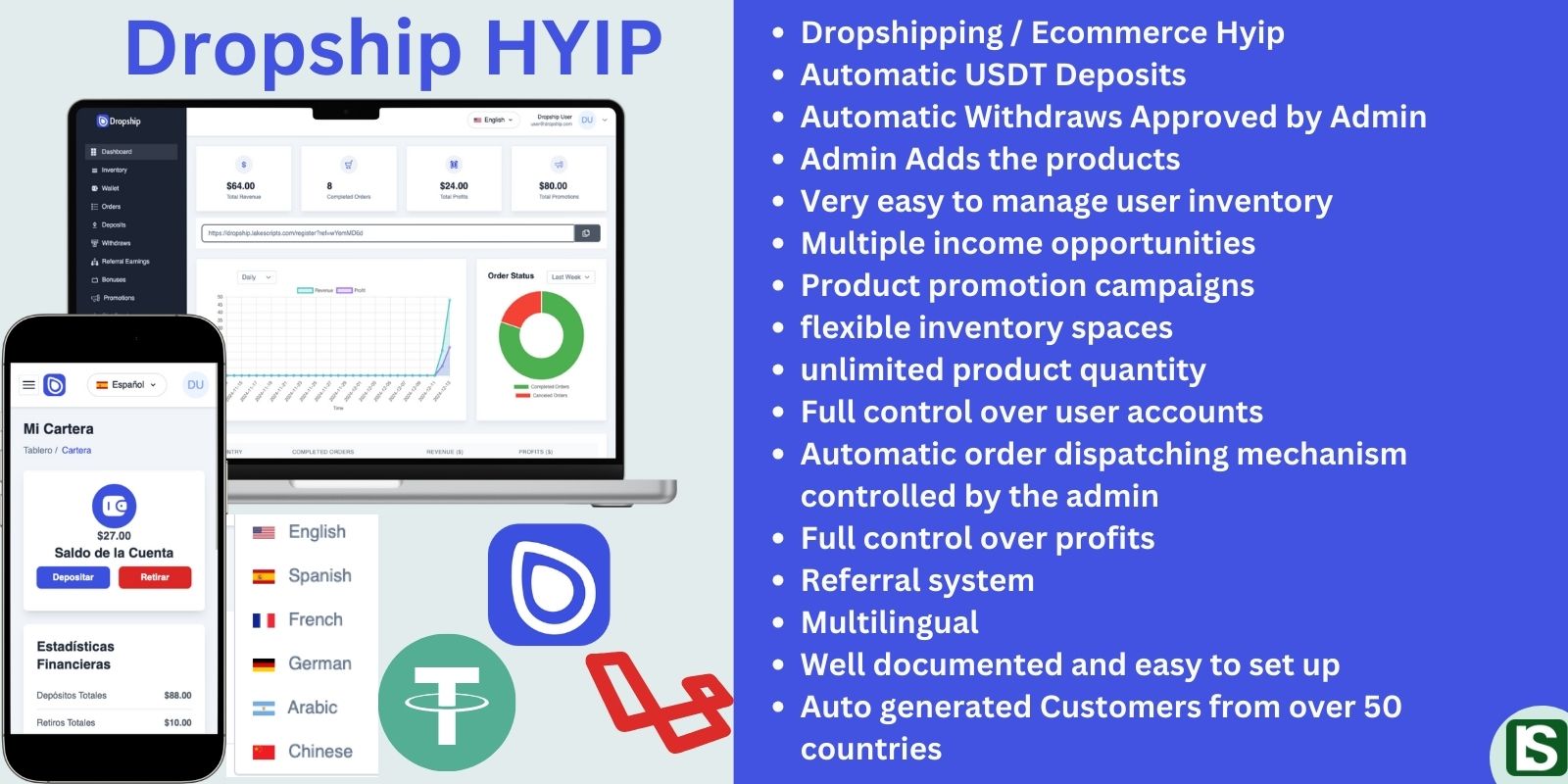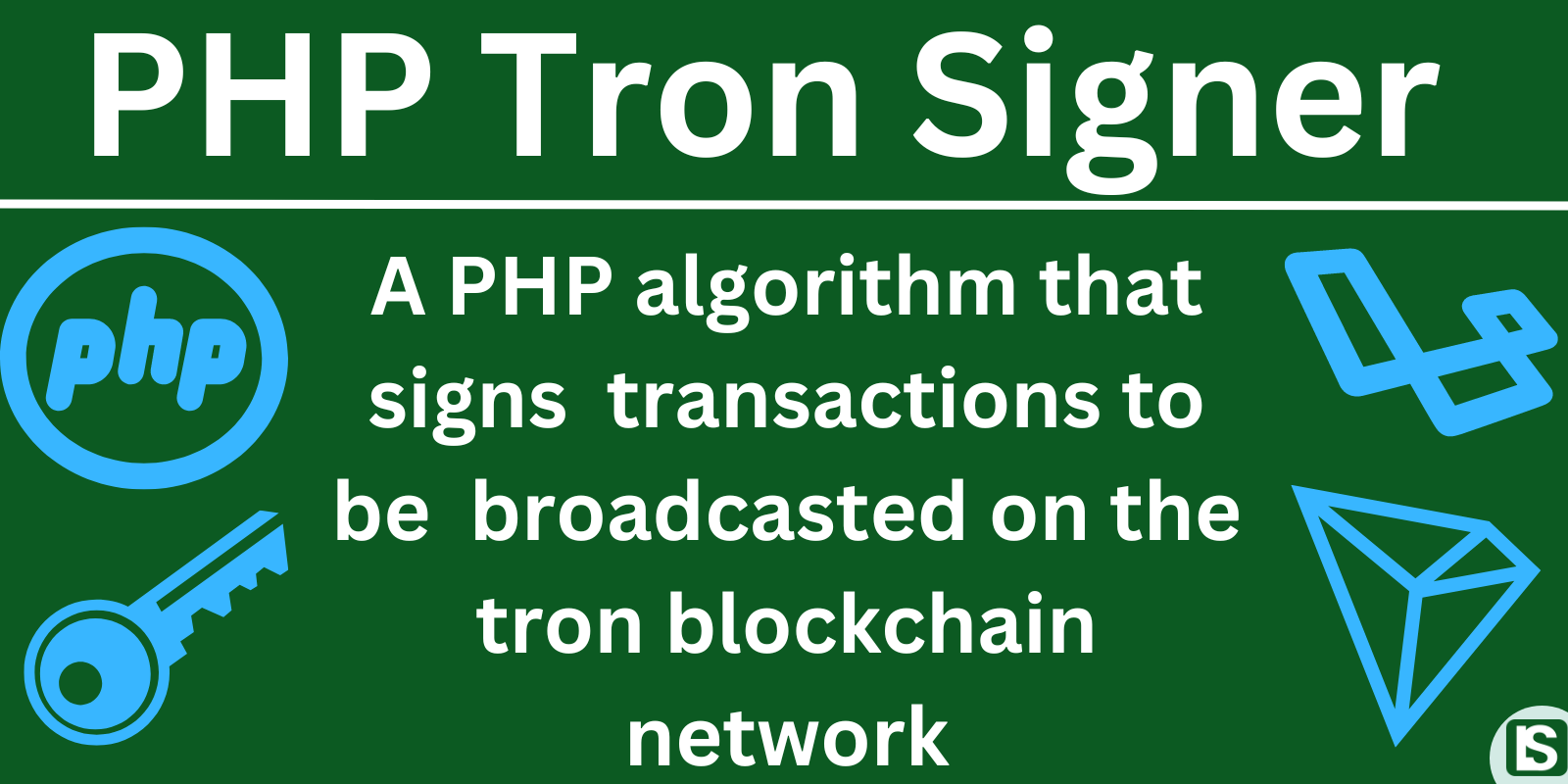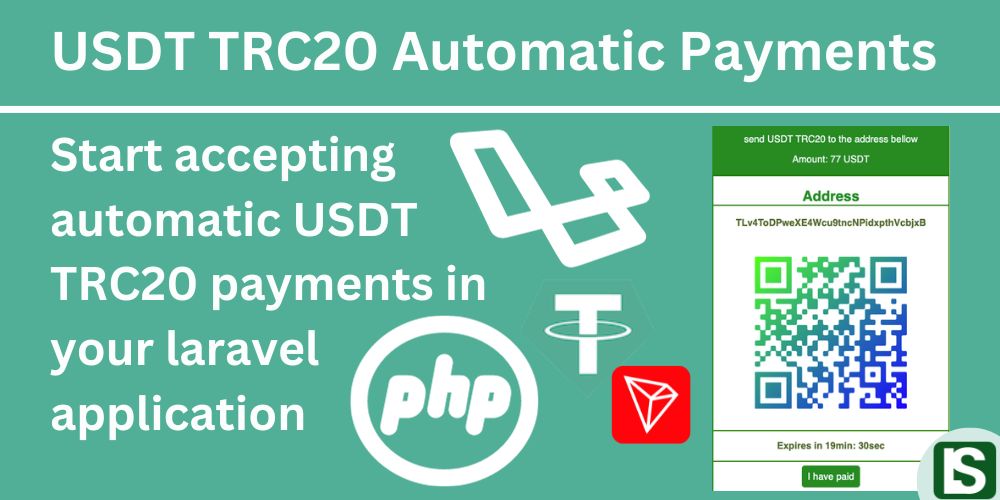
Table of Contents
- Why Choose TRON for dApp Development?
- Best Practices for Building Scalable dApps on TRON
- Essential Tools for TRON dApp Development
- Conclusion
Why Choose TRON for dApp Development?
Before diving into best practices, it’s important to understand why TRON is a strong contender for dApp development:
- High Throughput: TRON can handle over 2,000 transactions per second (TPS), making it one of the fastest blockchain networks available. This high throughput is essential for dApps that require quick processing times and can support a large number of users simultaneously.
- Low Transaction Fees: TRON’s low transaction fees make it an attractive option for developers and users alike. The cost-effectiveness of the network ensures that dApps can scale without the concern of prohibitive transaction costs.
- Active Ecosystem: TRON boasts a vibrant and growing ecosystem, with a wide range of tools, resources, and community support available to developers. This includes various libraries, SDKs, and APIs that simplify the development process.
- Strong Community and Support: TRON has a large and active community of developers, users, and enthusiasts. This community offers valuable support, resources, and feedback, making it easier to develop, test, and deploy dApps.
Best Practices for Building Scalable dApps on TRON
Building a scalable dApp on TRON requires more than just writing smart contracts; it involves strategic planning, efficient coding, and the use of reliable tools. Below are some best practices to help you build dApps that can scale effectively:
Optimize Smart Contracts
- Efficient Code: Write smart contracts that are efficient in terms of computational power and resource consumption. Avoid unnecessary complexity, and focus on minimizing gas costs and execution times.
- Resource Management: TRON’s resource model relies on Bandwidth and Energy for transaction processing. Efficient use of these resources is crucial for scalability. Ensure that your smart contracts are designed to minimize Energy consumption, especially for high-frequency transactions.
- Modularity: Design your smart contracts with modularity in mind. Break down large contracts into smaller, reusable modules that can be easily updated or replaced without affecting the entire dApp.
Use Scalable Storage Solutions
- IPFS Integration: For storing large files or data off-chain, consider integrating the InterPlanetary File System (IPFS) with your dApp. IPFS allows you to store files in a decentralized manner, reducing the load on the blockchain while maintaining data accessibility and security.
- TRON Virtual Machine (TVM): The TRON Virtual Machine offers a scalable and efficient environment for executing smart contracts. Ensure your dApp is optimized to take full advantage of TVM’s capabilities, such as fast execution and low gas costs.
Implement Robust Security Measures
- Audit Smart Contracts: Security is paramount in blockchain development. Regularly audit your smart contracts for vulnerabilities and potential exploits. Consider using third-party security auditing services to ensure your contracts are secure before deployment.
- Use Established Libraries: Leverage well-established libraries and frameworks for common functionalities like token transfers, staking, and voting. These libraries have been tested and reviewed by the community, reducing the risk of security flaws.
Design for Scalability
- Layered Architecture: Adopt a layered architecture in your dApp design. Separate the core logic, data storage, and user interface into distinct layers. This modular approach allows each layer to scale independently, improving overall system performance.
- Load Balancing: If your dApp is expected to handle a large number of users, implement load balancing techniques to distribute the workload evenly across multiple servers or nodes. This ensures that your dApp remains responsive even during peak usage.
Prioritize User Experience (UX)
- Seamless Interface: A scalable dApp is not only efficient but also user-friendly. Design an intuitive interface that makes it easy for users to interact with the dApp. Prioritize a seamless user experience, from onboarding to transaction processing.
- Responsive Design: Ensure your dApp is accessible on various devices, including desktops, tablets, and smartphones. A responsive design will help you reach a broader audience and provide a consistent experience across platforms.
Leverage TRON’s Developer Tools
- TRONWeb: TRONWeb is the most popular JavaScript library for interacting with the TRON blockchain. It allows developers to easily integrate TRON into their web applications, manage smart contracts, and execute transactions.
- TRONBox: TRONBox is a development framework that simplifies the process of writing, testing, and deploying smart contracts on the TRON network. It’s similar to Truffle for Ethereum and is an essential tool for efficient dApp development.
- TRONGrid: TRONGrid offers developers a reliable infrastructure to connect to the TRON network without running their own nodes. It provides API services for accessing blockchain data, submitting transactions, and more.
- TRONLink: TRONLink is a browser extension and mobile wallet that allows users to interact with TRON-based dApps. It serves as the gateway for users to connect with your dApp, making it a crucial tool for front-end development.
- Shasta Testnet: Shasta is TRON’s official testnet, where developers can test their dApps in a safe environment that mimics the mainnet. It allows you to deploy and test smart contracts, interact with dApps, and fine-tune performance without the risk of losing real assets.
- SunSwap: SunSwap is TRON’s decentralized exchange (DEX) platform, allowing users to trade TRC20 tokens directly from their wallets. Integrating SunSwap into your dApp can enhance its functionality by enabling token swaps and liquidity provision.
Conclusion
Building scalable dApps on TRON involves leveraging the platform’s high throughput, low fees, and extensive toolset. By following best practices—such as optimizing smart contracts, implementing robust security measures, and prioritizing user experience—you can create dApps that are not only scalable but also secure and user-friendly. Utilizing TRON’s developer tools, such as TRONWeb, TRONBox, and TRONGrid, further simplifies the development process and helps ensure your dApp is ready to handle large user bases and significant transaction volumes.
Whether you’re building a DeFi platform, a gaming dApp, or any other decentralized application, TRON provides the infrastructure and tools needed to scale effectively. By adhering to these best practices and leveraging the right tools, you can maximize your dApp’s potential and deliver a seamless experience to your users.




Comment
Login to comment